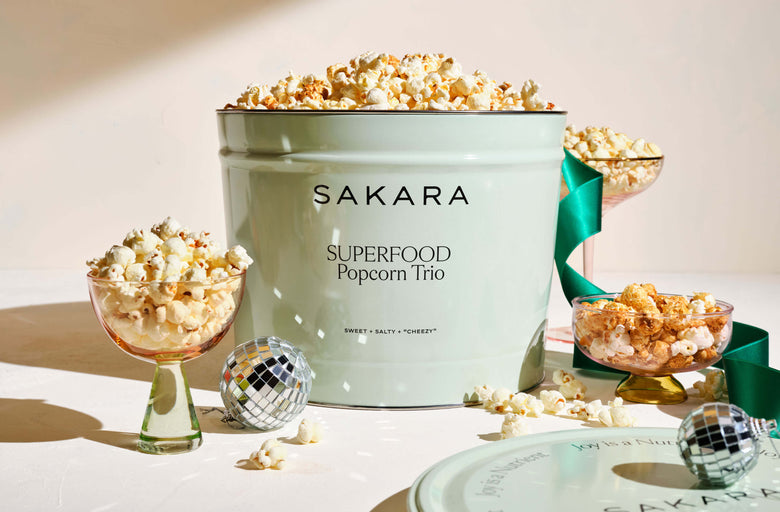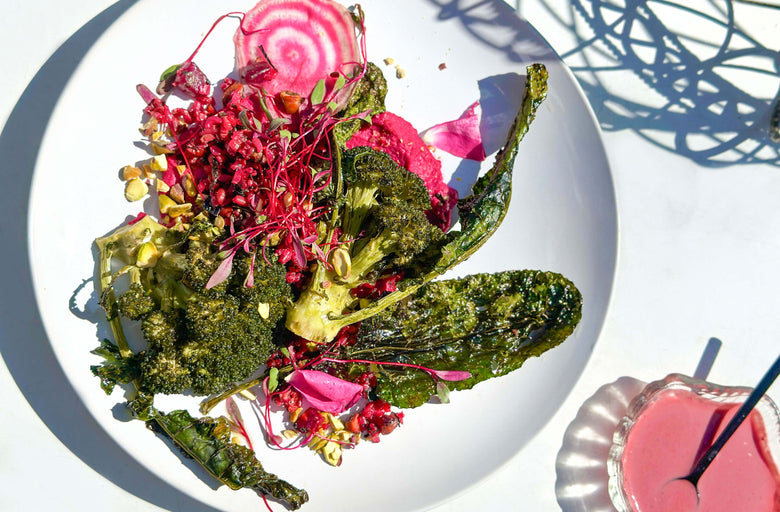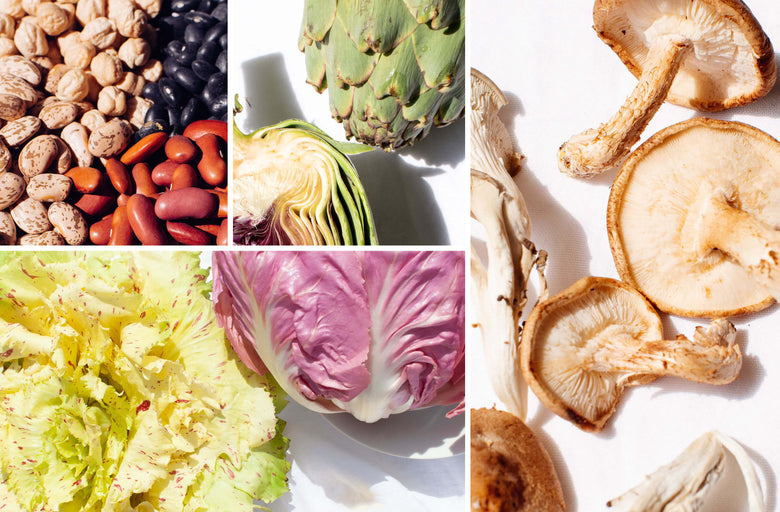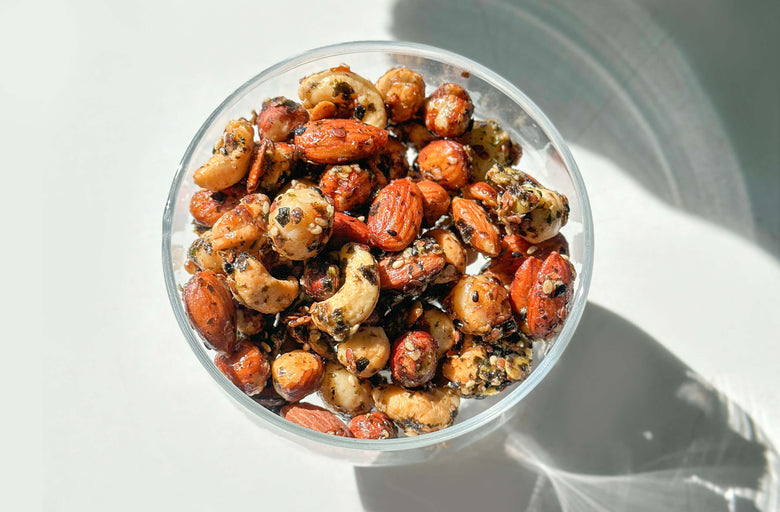There’s a reason we don’t count juice as the only solution to up our vegetable intake. If you drink a celery-spinach juice everyday for breakfast, not only are you missing out on the diverse flavors, textures, and benefits that come from nourishing with a variety of plants, but, because juices are void of fiber, you’re also getting a more potent delivery of anti-nutrients.
While “anti-nutrients” may sound alarming, they are essentially a plant’s way of surviving; anti-nutrients are naturally produced pesticide chemicals within plants that defend them from fungi, insects, and animals. Gradually, they can exert harmful effects on our bodies.
I embrace a plant-rich lifestyle… should I be worried? We tapped Sakara founder and co-CEO Danielle DuBoise to discuss anti-nutrients and why variety is key.
Naturally Occurring Anti-Nutrients
When we harvest and eat plants, these activated anti-nutrients can cause nutritional deficiencies by binding to vitamins, minerals, and other nutrients, restricting their bioavailability to predators (that’s us) and preventing their absorption into our systems. Three commonly known anti-nutrients include:
- Tannins - In tea, cocoa, grapes, berries, and apples, tannins inhibit iron absorption, essential to many of the body’s most vital functions, like blood production.
- Lectins - Found in legumes (including beans, soybeans, and peanuts), nightshades, and grains, lectins bind directly to the lining of the small intestine, inhibiting absorption of nutrients and causing intestine lesions, which can lead to leaky gut syndrome.
- Oxalate - In plants like Swiss chard, spinach, and sorrel, oxalate depletes calcium and iron, stealing essential vitamins and minerals from our bodies.
There is one big caveat here, one that shouldn’t let the aforementioned sway you from the beauty that is a plant-based diet. Anti-nutrients are only harmful if you’re eating the same ones in excess—like an eggplant everyday, twice a day, for seven days a week. Also, much to our relief, many anti-nutrients can also be deactivated by soaking, sprouting, or boiling before eating. (And why DuBoise makes it a point to add in these extra prep steps when cooking at home.)
Anti-nutrients are only harmful if you’re eating the same ones in excess—like an eggplant everyday, twice a day, for seven days a week.
Why Nutrient Variety Matters
“It's one of the reasons that we created our ‘Eat the Rainbow’ Sakara Pillar of Nutrition,” says DuBoise. “When you get a variety [of plant foods], it means you're not getting too much of any one of these anti-nutrients at a single time.”
A varied, plant-rich diet not only delivers a diverse, body-loving range of vitamins, minerals, and nutrients, but it doesn’t allow for any one anti-nutrient to build up and exert its gradual harm on the body. In fact, when we eat a variety of plants, our intake of specific anti-nutrients is in smaller doses and we can actually reap benefits from them, such as immune support and a reduced risk of chronic disease.
Just one day of our Signature Nutrition Program floods your body with over 70 diverse plant ingredients, 18 different colors, and six to eight cups of greens. Spending one month with our menu? You’ll experience over 300 unique ingredients, supporting a more diverse and resilient gut microbiome, as well as a more diverse and resilient food ecosystem—one that a high variety and variability of plants, animals, and microorganisms can all call home.
“There’s no one food that is only great for you,” says DuBoise. “We don’t need to villainize any food type. Instead, we should focus on diversity for optimal gut health, digestibility, and, ultimately, vitality.”
RECIPES FOR EATING THE RAINBOW






